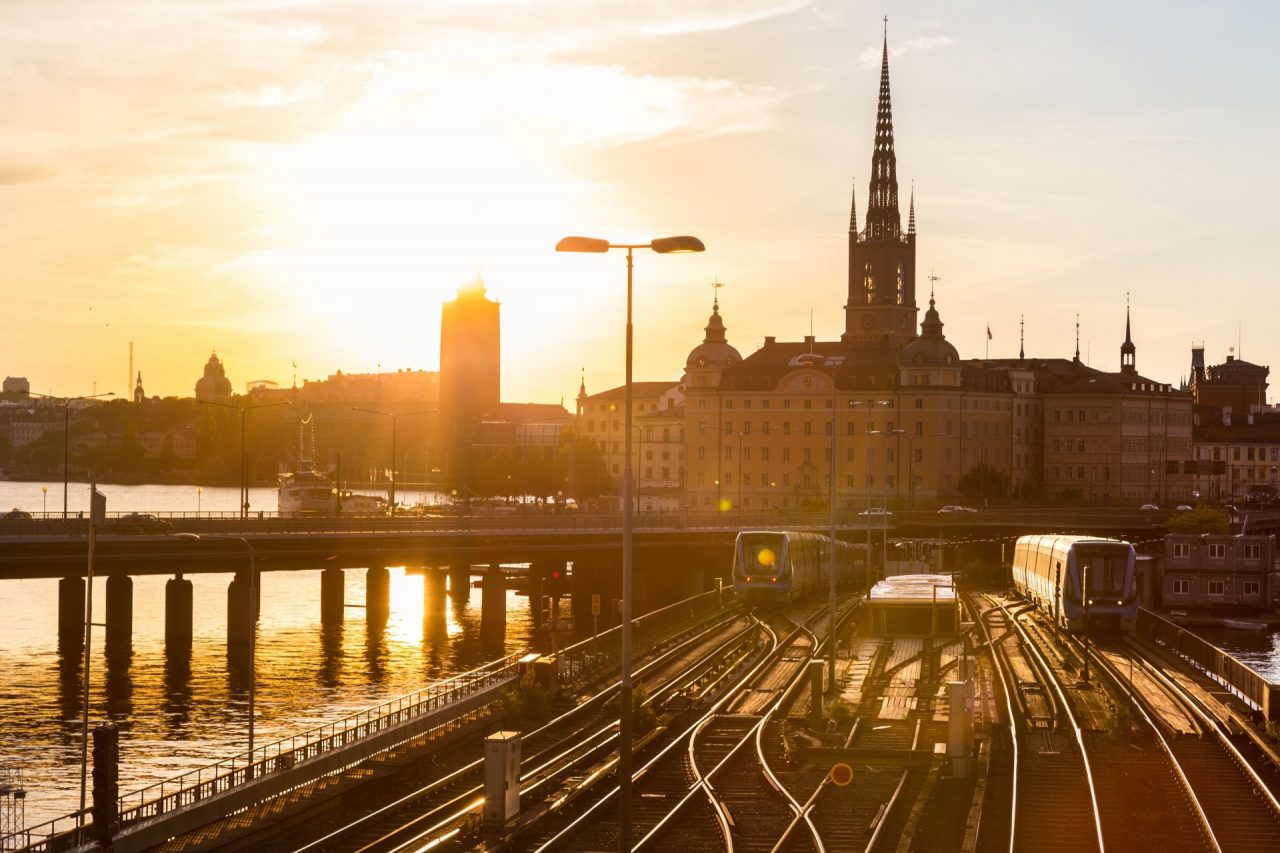The Swedish government’s response to the impact of Covid-19 has primarily focused on infrastructure modernization, with a focus on sustainable mobility. In this time of required distancing on public transport, a more modern and efficient type of service is more essential than ever.
An initial response is the government’s forthcoming investment in night trains to expand connections between Sweden and the rest of Europe. To develop the plan, the Swedish Transport Administration will inaugurate new night train routes between Malmo and Brussels and between Stockholm and Hamburg. The project should be operational by August 1, 2022. According to the Swedish government, the increased use of rail over road transport should significantly reduce harmful gas emissions.
In addition to long-distance trains, the regional rail network will also be expanded over the next few years. The government plans to invest SEK3 billion (€294.7 million) two achieve two goals: firstly, to support the development of sustainable mobility, and secondly, to make more transport options available to citizens as a response to anti-Covid measures.
The third plan of government action concerns directly supporting this sector which, like so many others, has suffered significant setbacks due to the pandemic, with losses in both passenger and freight transport. To compensate for the crisis, the Swedish government has allocated SEK 200 million (€19.6 million) in 2020 and seems determined to do the same in 2021.
These are a series of urgent and unforeseen measures, yet they are also in line with a larger, ambitious development plan, looking toward 2029 as the year to solidify Sweden as one of the most advanced countries for mobility and transport.

Sweden and its decade-long plan
With a budget of SEK700 billion (€68.7 billion), the National Plan for Infrastructure is the largest focused rail transport initiative in Sweden’s modern history. First unveiled in 2018, the plan is still in the developmental phase and work is not expected to be completed until 2029.
Of the total, SEK622 billion (€61.1 billion) is being invested directly in transport infrastructure. The rest will be raised through taxation, rail fares and private funds. The project is threefold: most of the financial resources will go to the development of a new transport system (i.e. railway lines); the second focuses on state railway maintenance, and the third on regional railway maintenance.
Among the major construction projects planned is the North Bothnia Line, a new railway connecting Umeå and Skellefteå in north Sweden. Construction is expected to last nine years. Additionally, investments will go toward the development of the TEN-T networks, the high-speed rail system backed by the European Union. In this particular case, the goal is to complete the Scandinavian-Mediterranean corridor which starts in Stockholm, touching the north coast of Sweden and then heading south.
The plan, though, also involves a more general overhaul of the Swedish rail network via the creation of new lines connecting the coast with the country’s interior, particularly the major logistical hubs, beginning with the ports.
Through this plan, Sweden, like many other European neighbours, is working toward becoming a carbon-neutral country, taking steps to significantly reduce carbon dioxide emissions by tackling road transport, one of the most polluting sectors.
The “railway remedy,” with its ten-year scope, will transform the country’s transport systems for both passengers and goods, moving everything toward more sustainable mobility.
Restarting the country via urban development
In addition to its focus on high-speed rail and regional transport networks, Sweden’s ten-year plan emphasizes urban mobility development, particularly in large cities like Stockholm.
Quality of life has always been a top concern and a priority in Sweden’s cities. This is something the country prides itself on and does not want to lose now that economic and demographic developments have brought about a growing population with increasing and shifting needs.
The government has identified three main metropolitan regions (connected to the cities of Stockholm, Gothenburg and Malmö) where it will intervene, developing the transport network in a more extended and modern way. This goal will be achieved not only through introducing light metro, rapid transit buses, and traditional metro lines, but also through new pedestrian and cycling paths.
For metropolitan area developments, national funds (over SEK12 billion, or €1.1 billion) will be combined with funds from local authorities, all of which are necessary to complete the proposed projects.

